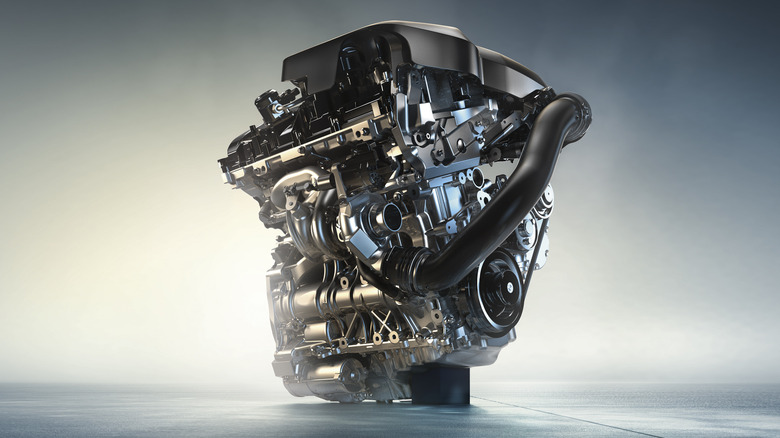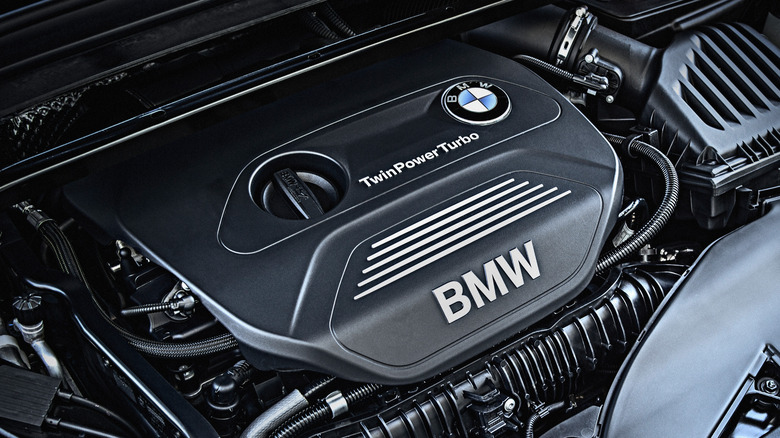M Series Vs B Series: How Each BMW Engine Series Compares
BMW's M series of engines doesn't necessarily refer to the manufacturer's performance-oriented line of Motorsport models. M designates a line of engines that BMW offered in its cars from the mid-1970s until 2005, the first of which were units like the M88, M20, and M30, and it marks the closing of an important chapter for the manufacturer since they were among the last naturally-aspirated BMW engines.
Next came the line of N-branded engines that introduced turbocharging and downsizing. This meant that model designations like the 330i, which in the past signified that the car had a 3-liter inline-six-cylinder engine, now had a turbo 2-liter four-cylinder with similar or better performance.
After N, BMW moved to its current B series of engines. These power plants were conceived with modularity in mind to enable the manufacturer to cut costs by sharing components. It adopted a standard displacement of 500 cc per cylinder. It introduced new three, four, and six-cylinder engines that brought improvements in power and efficiency over comparable units from the N series.
Looking at engines of similar power outputs from the M and B series, you can see a big evolution in power and torque availability, how they are delivered over broader rpm ranges, and improvements in the claimed efficiency. Engines from the B series are also considerably cleaner, not only through their design but also through the use of particulate filters and other emissions-reducing technologies.
Turbocharging Served as Replacement for Displacement
Comparing the M54 in a 2000 BMW 330i to the B46 you find in a 2022 330i, you can see how different these engines are. The M54 in the E46 330i is a non-turbo straight-six, delivering performance higher up in the rev range. It does pull well from around 2,000 rpm, but it feels tough to extract all it can give.
The M54's peak torque of 221 lb-ft is delivered at 3,500 rpm, and its peak power of 231 horsepower at 5,900. It linearly and smoothly delivers torque, like a crescendo. Because it's a six-cylinder, it never sounds rough and vibrates little.
By contrast, the B46 in the G20 330i delivers its performance quite differently. Being a 2-liter force-fed four-cylinder, it needs boost to really propel the car, but when it is on boost, its superior torque makes it feel muscular and effortless. It delivers 295 lb-ft of torque, but unlike in the M54, where it peaked at a set rpm, in the B46, it is delivered between 1,600 and 4,000 rpm.
Its peak power is also delivered over 4,500 and 6,500 rpm. This means there is only a small 500 rpm gap between maximum torque and maximum power so that it will pull strongly at any rpm. It's not quite as smooth as the M54, and you may occasionally feel some turbo lag, but overall, it provides more usable everyday performance and fuel bills.

